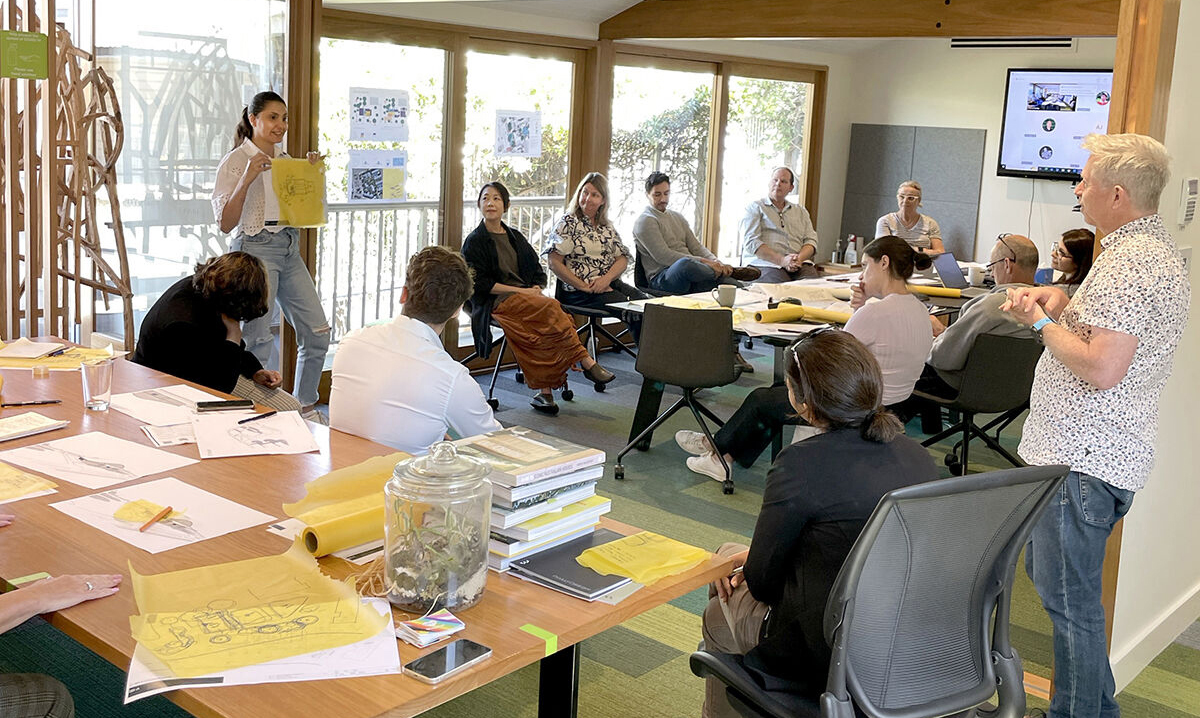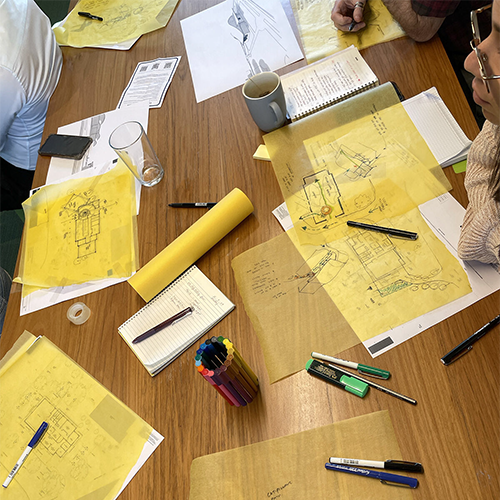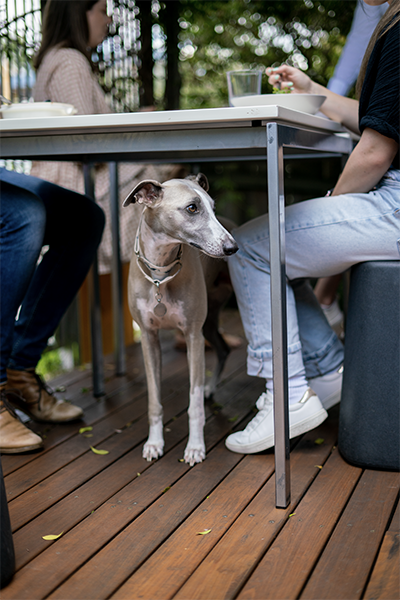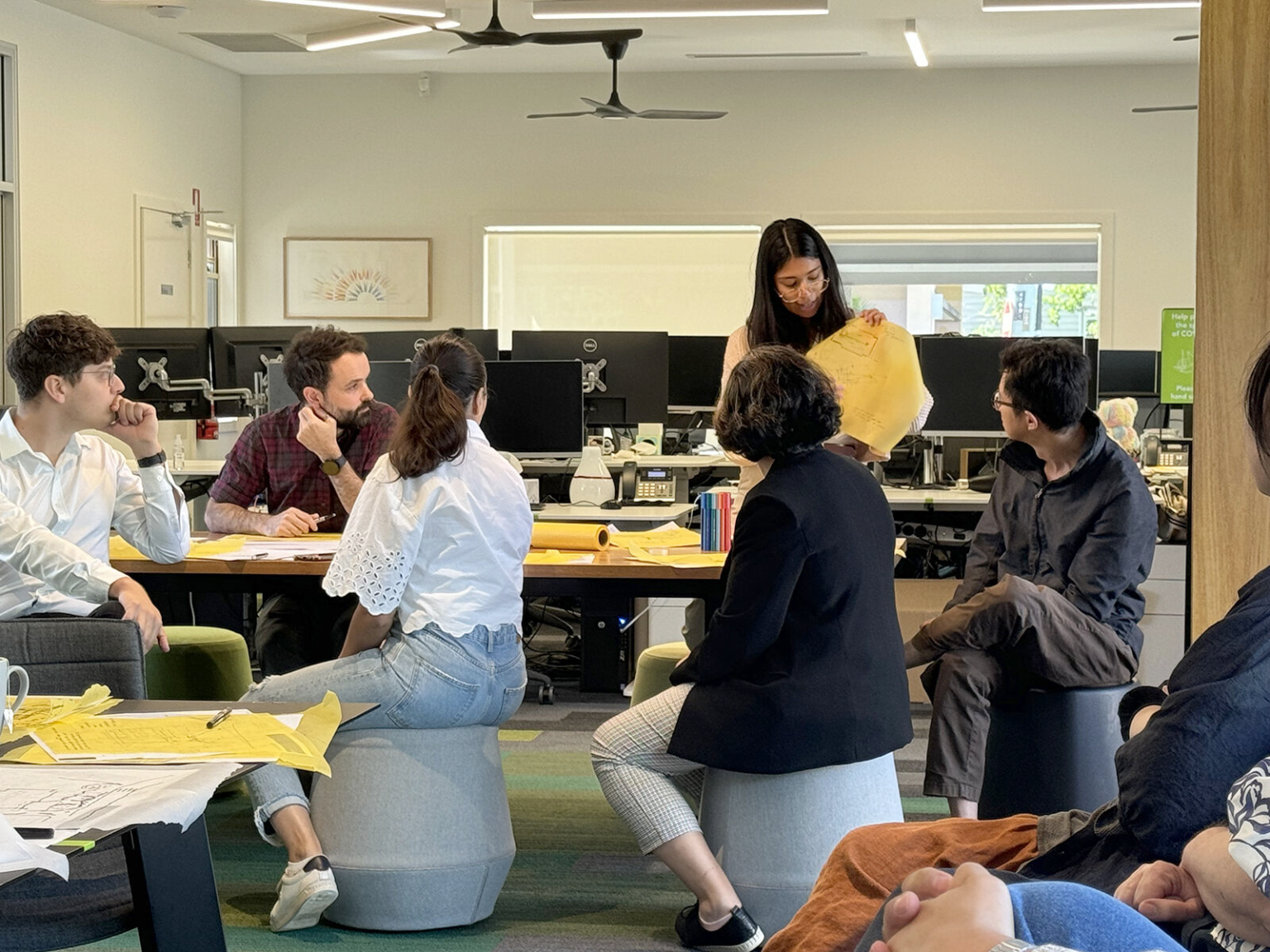In mid-2023, GB-A (Guymer Bailey) made the company-wide decision to create a nine-day fortnight policy, motivated to prioritise team wellbeing. More than a year on, Mel Malik takes us through the planning, logistics and progress so far, with staff reporting increased focus, wellbeing and morale, reduced burnout and an enhanced workplace culture.

Hours in practice
The new work arrangement enables the team to still work their usual hours but extend their weekend every fortnight for greater work/life balance. Everyone across our practice including both studios, all three disciplines, and all employment levels is part of the nine-day fortnight.
Both studios are closed every second Friday, with everyone having the same day off. We decided this is the best way to implement the nine-day fortnight through our practice, as staggering will inevitably pull people back into working.
For the nine-day fortnight to be truly effective, the leadership team needs to lead by example and take the day off too. After all, it is the senior staff that have the largest workload and therefore the ones who are more susceptible to burnout.
Logistics and implementation
Implementing a company-wide initiative like the nine-day fortnight, particularly in the middle of delivering two of our largest projects, was no small feat. A lot of strategic planning went into the decision and rollout, with a high level of client consultation done both before and after the implementation.
Before we implemented the nine-day fortnight, we advertised it for two months. We did this by contacting clients directly to answer any questions, as well as advertising it more widely across email, socials and our website. We also produced a calendar that clients and consultants could reference to help identify our availability.
With our team still working the same hours as usual, just over a more condensed period, we were confident that there would be no impact on deliverables, but still monitored this closely, seeking regular client, consultant and team feedback.
Trial period
A six-month trial period was put in place to ensure the arrangement was having the intended outcomes and benefits and not causing further strain on our team. To ensure outcomes were monitored closely, we allocated one of our senior team members to track results and feedback and report findings back to management at regular intervals.
With existing flexible work arrangements already in place and a highly adaptable team (thanks largely to the COVID-19 pandemic), we were well equipped at taking on the company-wide change.
Communication
A key aspect of implementing the nine-day fortnight is internal and external communication to ensure we are still working well as a team and meeting client objectives. Our leadership team can step in to help around communication if needed, to ensure everything is running smoothly and communicated effectively.

Outcomes and feedback
When researching the benefits of implementing a nine-day fortnight arrangement, we saw that many organisations reported greater productivity and higher quality of output, both of which aligned with our commitment to provide the best design outcomes for our clients.
Now a year on, we can say that in our experience, we have found similar results with the following areas showing improvement based on our internal metrics:
- Greater staff wellbeing
- Reduced burnout
- Improved morale
- Improved team focus
- Increased staff work/life balance
- Enhanced workplace culture
Here are some of the responses our team has provided during our reporting:
- “I love the 9-day fortnight”
- “It is literally the most joyous thing ever”
- “With deadlines due Thursday, it is great to have a three-day weekend for downtime between pushes.”
- “I really enjoy having the 9-day fortnight. It allows me the extra time to study for my registration that otherwise I would struggle to fit in a ‘normal’ weekend.”
- “I feel more recharged after the regular long weekend.”
Wellbeing benefits
Our motivation was for team wellbeing. While it is often a taboo subject, it’s no secret that architecture and the wider design industry generally have significantly high levels of burnout and work overload. Our team is our most important asset and wellbeing is a key company priority. We felt it was time for us to take substantial action towards implementing greater initiatives to safeguard the wellbeing of our team.
By freeing up an extra day a fortnight for rest, play, family, creativity and general life management, it was our aim to communicate through action, not just words, how much we value our team and support their life outside work.


Lessons learned
The nine-day fortnight is best suited to practices that have an outcome or goal-driven management approach. As expected, there are challenges with changing your operational model, some of which can’t be predicted or planned for before implementation. It does require agility and adaptability. Not everyone enjoys change and this can be something you need to work through.
While most of our team members loved the idea of the nine-day fortnight, we also needed to work through concerns with some of our team members, particularly around increasing their workload through the rest of the fortnight to free up the day off. This feedback really helped to shape how we would set out hours to address concerns, particularly in the early transition.
The other challenge was ensuring clients were at ease with the change – particularly when we had large-scale projects during construction phase with onsite consultation required. This required looking at our project processes, implementing stronger client communication, and ensuring someone was available on-call should anything urgent be required.
Clear communication has been important. As our team still works the same number of hours in a more condensed timeframe, there is no impact to output. Even so, we do have some members on call, particularly for our large-scale, complex projects, should anything be needed urgently.
Productivity
The main way we are measuring productivity is in meeting deadlines. While we do have KPIs and fortnightly resourcing meetings as a practice to monitor personnel and project productivity and performance, the nine-day fortnight has really moved our focus to be on the team output.
Flexibility
We have always had a flexible work arrangement, which facilitates a hybrid way of working for our team, with days in the studio and work from home. Given the nature of design, collaboration is critical to ensure the best project outcome is achieved.
One requirement we have is that each project team comes together in the studio at least three times a week. This has been good for bonding and keeping projects on track. The remaining days are left up to the team to organise and it can often depend on what is needed for the project and any approaching deadlines.
Right to disconnect
The Right to Disconnect legislation hasn’t impacted our nine-day fortnight arrangement. We don’t expect our team to be available outside work hours and much prefer that they recharge and disconnect to be refreshed for work.
In the event of unforeseen project circumstances, and a team member decides to be on call or work on an allocated day off, the team member receives time off in lieu to ensure they still get the break they should. This is not something forced or expected of the team, rather discussed in project resourcing, with contingency plans in place for management to be contacted.

GB-A is an award-winning architecture, interiors and landscape architecture practice that has been creating wellbeing by design for over 35 years. With two studios, three disciplines and more than 2,700 successfully completed projects across 12 different sectors, GB-A designs projects that promote efficiency, increase productivity, enhance learning, foster rehabilitation, and promote sustainability to create greater community impact.




















